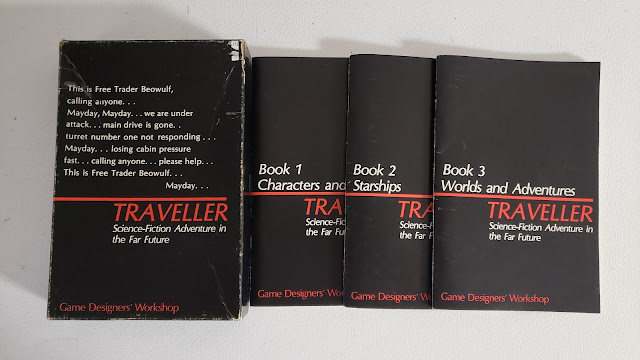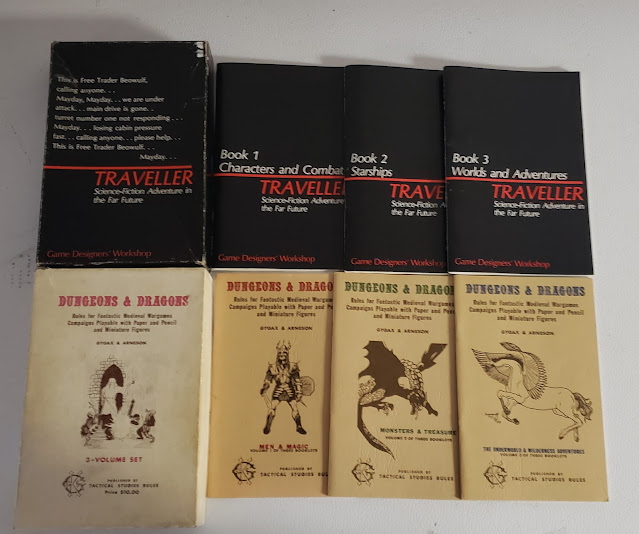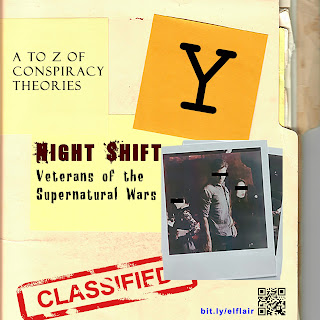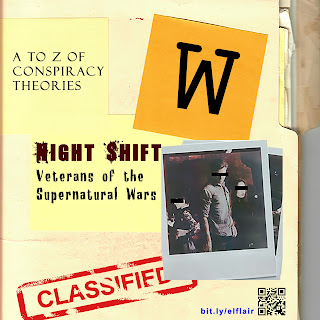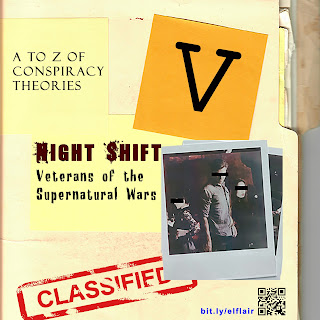Review: The Traveller Book (1982)
 This was *MY* Traveller. In 1982 I could not get enough Science Fiction. All the books I read were sci-fi, I was eagerly anticipating the third Star Wars movie that we had heard was called "Revenge of the Jedi" and video games were all the rage. When I saw this book in the Mail Order Hobby Shop catalog (or maybe it was Games Plus) I thought I had to try it out. In my recollections, I had ordered both Traveller and Pacesetter Chill at this time, but logically with my paper route money at the time I am sure I only got one at a time.
This was *MY* Traveller. In 1982 I could not get enough Science Fiction. All the books I read were sci-fi, I was eagerly anticipating the third Star Wars movie that we had heard was called "Revenge of the Jedi" and video games were all the rage. When I saw this book in the Mail Order Hobby Shop catalog (or maybe it was Games Plus) I thought I had to try it out. In my recollections, I had ordered both Traveller and Pacesetter Chill at this time, but logically with my paper route money at the time I am sure I only got one at a time.It came in the mail, it was summer I recall, likely near my birthday, and I jumped right in.
It was not what I expected.
By this point, I had been playing D&D for nearly three years, and in earnest (every weekend) for the last two. There were no classes here, no levels, just skills. It was a shift, but it was a lot of fun. I recall I had more fun making planetary systems than characters really. I even wrote some BASIC programs for the TRS-80 to do some of the math.
Sadly like those cassette tapes I stored my BASIC programs on, my Traveller book was lost to the sands of time. I can't even really recall what happened to it. Sad because today it goes for so much on eBay!
Thankfully for me, and everyone else, you can get the PDF and Print on Demand (POD) of the book from DriveThruRPG. I grabbed it as soon as the PDF was out. I wish I had gotten the original POD though. The newer PDF and POD has been replaced with a far better scan, but the cover is the Black and Red of the earlier Traveller books and not the "blue book" I came to know.
Much like Holmes' Basic D&D "Blue Book" combined the Original D&D "Little Brown Books" and other material into a single volume, this Traveller "Blue Book" combined the three "Little Black Books" into a single volume with new material. This new material included Book 0 "An Introduction to Traveller," some of "Double Adventure 1," and more material.
160 pages, PDF (Hardcover PoD; original softcover) Color cover art, black & white interior art with red accents.
The Traveller Book was published in 1982 and was the follow-up to the highly successful Traveller boxed set. Since the boxed set printing and reprints there had been a number of well-received supplements, in particular, Supplement 0 An Introduction to Traveller, DA1 Double Adventure (Shadows), Book 04 Mercenary, and Book 05 High Guard. These made up what I largely felt was the core of Classic Traveller (or Original Traveller as I thought of it then). Much like how D&D combined their Original game with many supplements to make Holmes' Basic D&D (and later AD&D) these materials were re-edited and re-combined into a new book/game. This became the Traveller Book.
At the time nearly everyone claimed it was not just a step up in terms of learning Traveller, it was an advanced leap in playing Traveller.
The Traveller Book contains everything from the Little Black Books of the Classic Traveller boxed set as well as new introductory material from Book 0.
You can read my review of the Classic Traveller boxed set here, https://theotherside.timsbrannan.com/2022/05/review-classic-basic-traveller.html. Today I want to talk about what makes this book new and special.
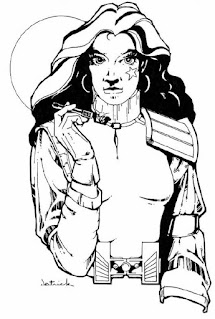 For starters, there is a lot of text here that is familiar, but not exactly the same. The editors took some time to clean up the text and make things a lot clearer. Additionally, there is more art; both of the decorative sort (Captain Alexander Jamison now has a ponytail) and of the help sort (images of weapons and starships).
For starters, there is a lot of text here that is familiar, but not exactly the same. The editors took some time to clean up the text and make things a lot clearer. Additionally, there is more art; both of the decorative sort (Captain Alexander Jamison now has a ponytail) and of the help sort (images of weapons and starships).Among other improvements in text, there are also plenty of redesigned tables and charts. While the LBBs had charm they did not have a lot of space formatted for digest-size (5½" x 8½"). The Traveller book is a full-sized 8½" x 11". At the time people even commented that it was a proper sized RPG now to go with the likes of AD&D.
The sections on worlds and encounters are also expanded. Animals in particular get more text and even more examples. Trade and Commerce also get more text. My Classic Traveller boxed set had very little on this. This is closer to the 1980s reprint. The one the new Facsimile Edition is based on. It also looks like the Psionics section is more detailed.
There is a "new" (new to anyone coming from the boxed set) section on the Referee's Guide to Adventuring. Since this is really pre-Traveller as a system AND a setting, there is some good advice here on running any sort of Sci-Fi/Space Adventure game. There are hints of Star Trek, Star Wars and lots and lots of Classic "Hard" Sci-Fi like you would see from Clarke or Asimov. But it is also none of the things entirely. I did say "Pre-" but in reality, Traveller was building its universe right before our eyes. Again, much like D&D did.
Also reprinted here is the adventure Shadows from Double Adventure 01.
The last section, The Traveller's Guide to the Universe introduces us to The Imperium. This is the important setting for Traveller and what sets it apart from other Sci-Fi RPGs. The history, both in-game and real-world, of the Imperium is impressive and much like that of Dune, Star Wars, or Star Trek, absolutely daunting. I will admit I read this section many, many times and wondered what would fiction set in any period of this history be like? Back in 1982-3 I did not have much other than this book, some friends that had played (but were not looking for new players), and a growing case of what I call "Traveller Envy". Today there are wikis and blogs and entire websites devoted to Traveller and the Imperium. My cup is full, running over and there are still more cups on the table waiting for me to pick them up.
Recommendations
For ANYONE who is interested in the Classic Traveller, I would say get this book first before looking into the vast catalog of older Classic Traveller books. There is so much out there and I am going to only scratch the surface this month. In fact "The Traveller Series" in this book (page 159) covers everything published to this point and where they all fit in. Including all the board games. I am going to need to spend some time talking about those as well.


